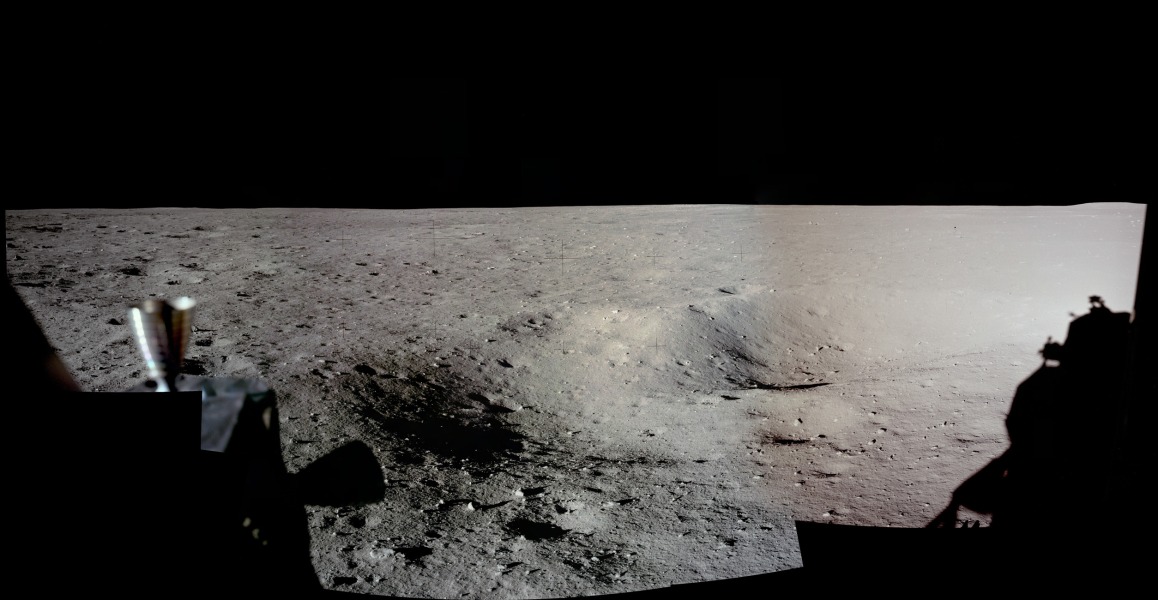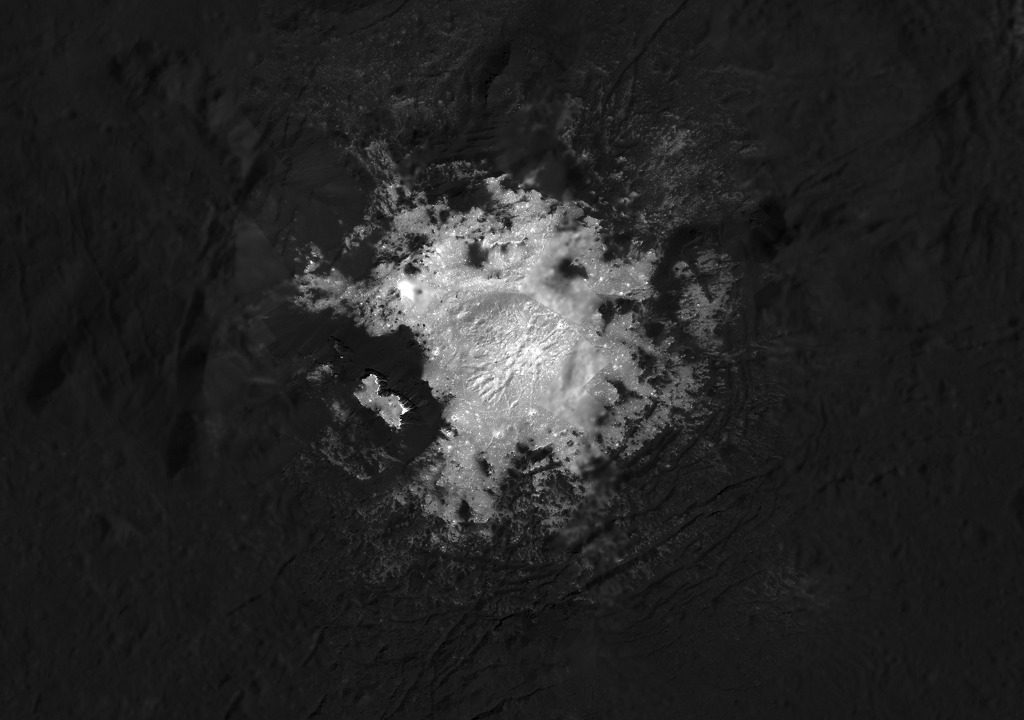
Apollo 11 Landing Site Panorama


Visitors to AirVenture Oshkosh 2018 can get a close look at the latest in NASA aerospace technology during the Experimental Aircraft Association’s annual airshow Monday, July 23, through Sunday, July 29, at Wittman Regional Airport in Oshkosh, Wisconsin.
from NASA https://ift.tt/2NtPwpW
via IFTTT![]()
There’s a new way for people to learn about NASA’s exciting missions and thought-provoking discoveries: The agency now has a channel for Roku digital media streaming devices.
from NASA https://ift.tt/2uOn3n3
via IFTTT![]()
Media are invited to NASA’s Kennedy Space Center in Florida for a preview briefing on the agency’s Parker Solar Probe at 1 p.m. EDT Friday, July 20. The event will air live on NASA Television, the agency’s website and Facebook Live.
from NASA https://ift.tt/2LlXcx4
via IFTTT![]()

While NASA’s policy of free and open remote-sensing data has long benefited the scientific community, other government agencies and nonprofit organizations, it has significant untapped potential for commercialization.
from NASA https://ift.tt/2uxAkRi
via IFTTT![]()
NASA will join counterparts from across government, industry, academia and international organizations for an indepth conversation about science on the International Space Station Monday, July 23, through Thursday, July 26, in San Francisco.
from NASA https://ift.tt/2JzHN7g
via IFTTT![]()
NASA and France’s Office National d’Etudes et de Recherches Aerospatiales (ONERA), the French national aerospace research center, signed a research agreement Wednesday that could make supersonic passenger flights over land practical, dramatically reducing travel time in the United States or anywhere in the world.
from NASA https://ift.tt/2L3UCwa
via IFTTT![]()